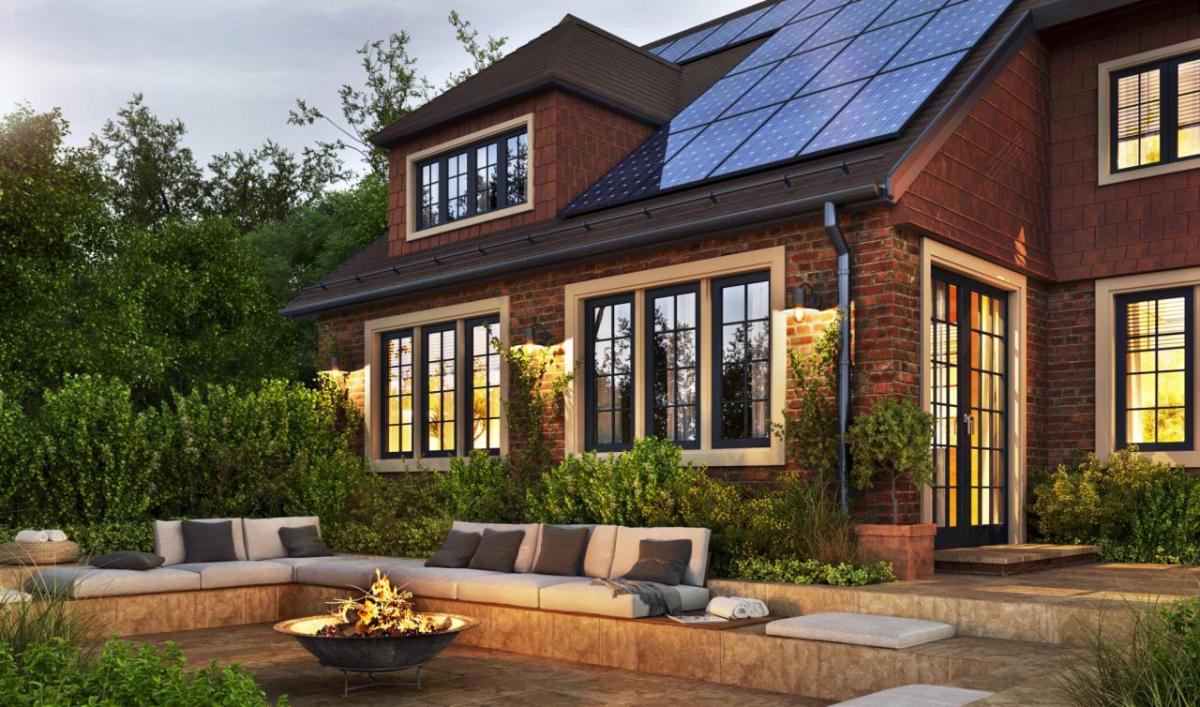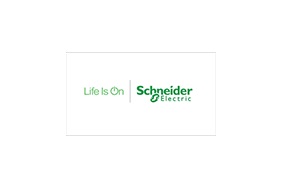Why Eco-Design Is at the Heart of Everything We Do?
Published 01-12-24
Submitted by Schneider Electric

In our last blog, we explored what the term Eco-Design actually mean and how it impacts you as a consumer. Here, we’re taking you through the journey that every product at Schneider Electric goes through, and how Eco-Design plays into this.
What does Eco-Design mean to us?
Schneider Electric’s climate commitments are built on a genuine desire for change, with our strategy and actions driven by education, empowerment and insight.
That’s why a number of the principles that underpin Eco-Design have shaped our activity for many years now, with leading energy efficiency credentials and long-life cycles inherent in our approach to design and manufacturing. In the present day, the implementation of Eco-Design is being rolled out across all activities across Schneider Electric at a much larger scale.
Going green
At present, 80% of our products meet the criteria of our Green Premium label – a standard we introduced in 2008 as a method of communicating which individual products could best support homeowners, building managers, architects, distributors, or original equipment manufacturers with their sustainability goals.
As a wider understanding of the importance of sustainability has grown and those requirements have changed, our Green Premium range has adapted to reflect this, while maintaining its core values of:
- Trust – We’re trusted by customers to use minimal hazardous substances up to and beyond compliance levels
- Transparency – We’re clear and open regarding environmental disclosures and end-of-life instruction
- Performance – Prioritising environmental performance in our product development
Examples in Eco-Design
Let’s take a look at how Eco-Design, and our commitment to our Green Premium range, have helped develop our products.
For example, Acti9 Active is the all-in-one protection device which brings together an integrated Arc Fault Detection Device, Residual Current Device and Miniature Circuit Breaker, as well as inbuilt connectivity.
The multi-purpose nature of the product means a reduction in manufacturing and packaging materials, as well as emissions related to transport while delivering a cutting-edge product to customers without any form of compromise.
Broken down, our packaging consists of a minimum of 70% recycled content, made from at least 56% post-consumer recycled plastic content. The end result of this is has resulted in a 14% C02 equivalent saving on the manufacturing of the product.
Eco-Design and net-zero targets
Eco-Design is critical when it comes in making progress to meeting our targets and other environmental commitments. Plus, it also plays an important role in our ability to meet the steadily increasing expectations from customers, partners, and regulators.
Our Net-Zero targets, which have been validated by the Science Based Targets initiative (SBTi), include:
- Running carbon-neutral operations in 2025
- Achieving a 25% absolute carbon reduction across our entire value chain by 2030 and becoming ‘Net-Zero ready’ in our operations
- End-to-end carbon neutral value chain in 2040
- Net-Zero CO2 emissions across our entire value chain in 2050
These targets are certainly ambitious, which is why all aspects of our operations are viewed through the prism of lessening our environmental impact while continuing to provide the highest quality service and products to our customers.
Eco-Design will be a key factor in helping us achieve these, with everything from the materials we use for product packaging, to the transportation of our products optimised to avoid damage to the environment.
Building an understanding of Eco-Design
Our Eco-Design principles can only have a true impact when they are understood on an intellectual and emotional level by the teams responsible for implementing them.
To ensure our people are familiar with the importance of Eco-Design and how it fits into our wider sustainability strategy, we are committed to providing helpful, easy-to-access education and having honest, informative communication on the topic.
One key way we’re achieving this is with the upcoming launch of the Eco-Design Training Path campaign, which aims to:
- Reinforce and showcase that Eco-Design is a priority for our leadership
- Help people understand our expectations on Eco-Design performance and how this will inform processes going forward
- Enable teams to build a base-level understanding of the key principles of Eco-Design
The Eco-Design Training Path will be split into several different levels, allowing multiple roles, departments and audiences to develop their understanding in a way that is relevant and applicable to them.
Moving forward
We are already making great strides when it comes to implementing an Eco-Design philosophy across Schneider Electric and we understand that this is a process that will continue to evolve.
From focusing on the training and education of our people to analysing how we transport our products around the world, we are always looking back at the core principle of Eco-Design – that when we make a design choice, we aim to make the least harmful choice available for the environment with the technologies and innovations we are capable of.
Learn more about homes of the future from Schneider Electric.

Schneider Electric
Schneider Electric
Schneider Electric is a European multinational company providing energy and automation digital solutions for efficiency and sustainability.
More from Schneider Electric

